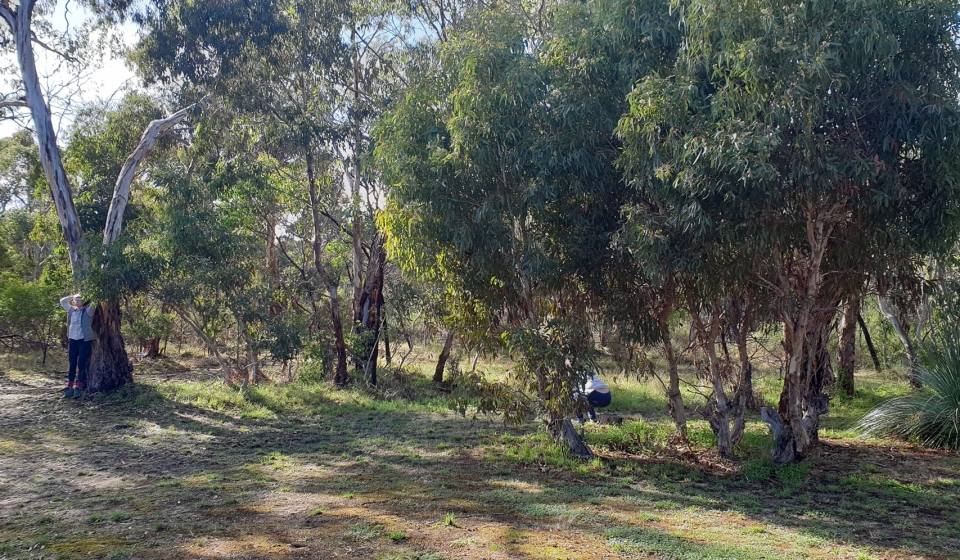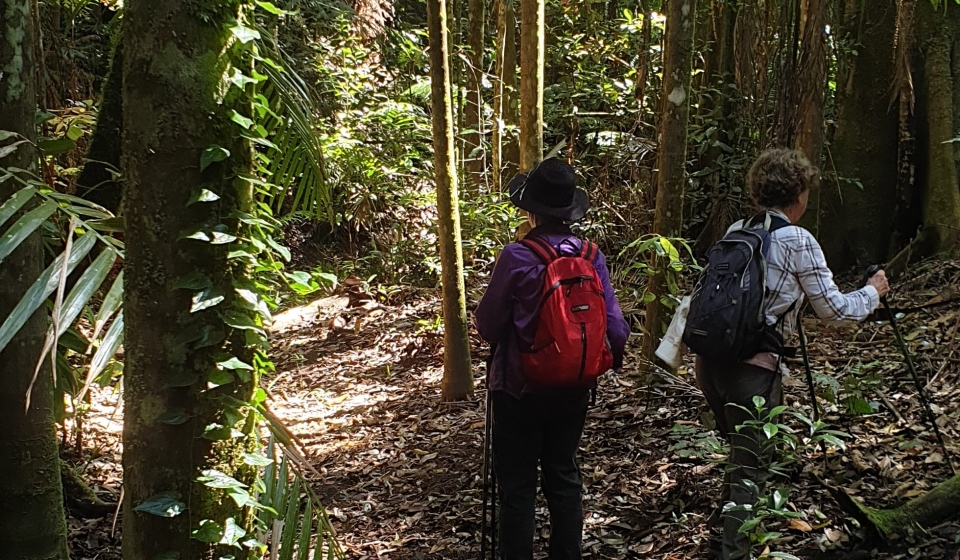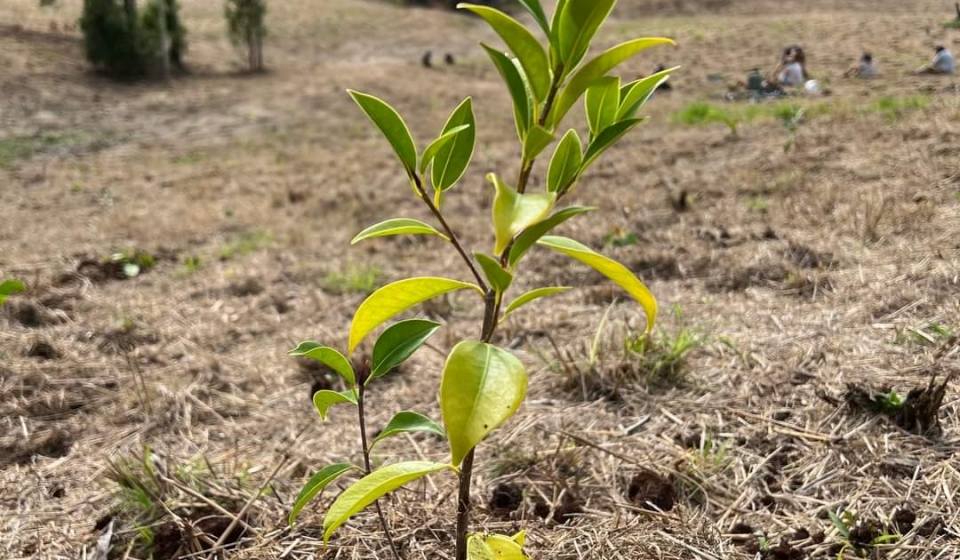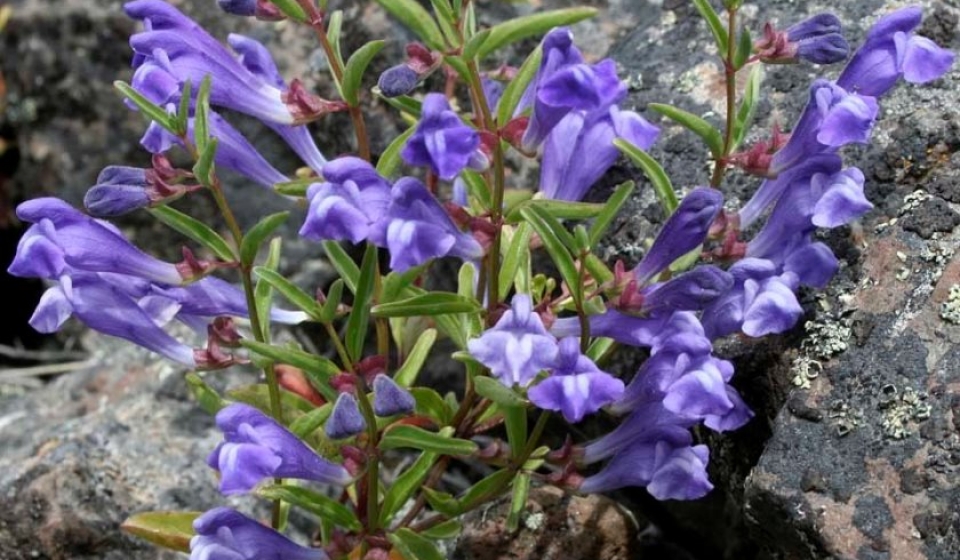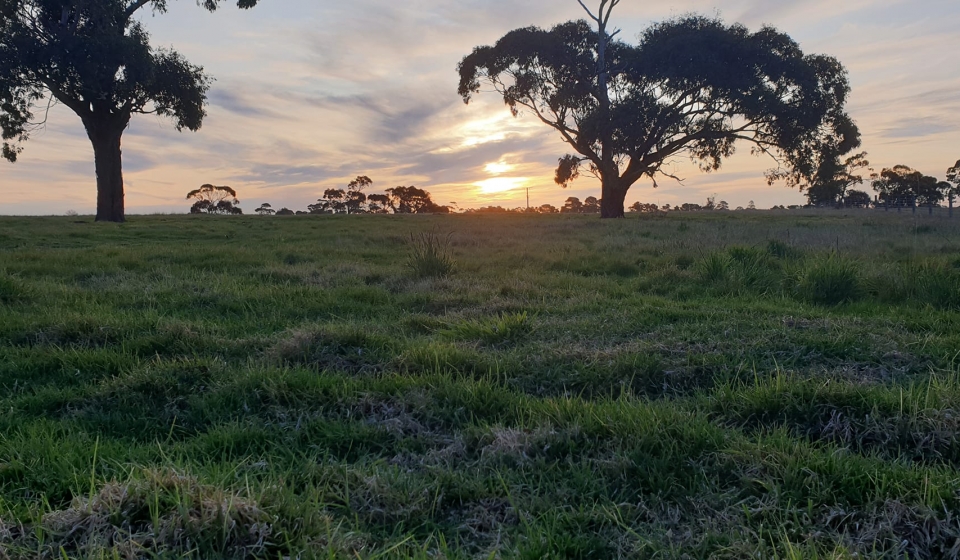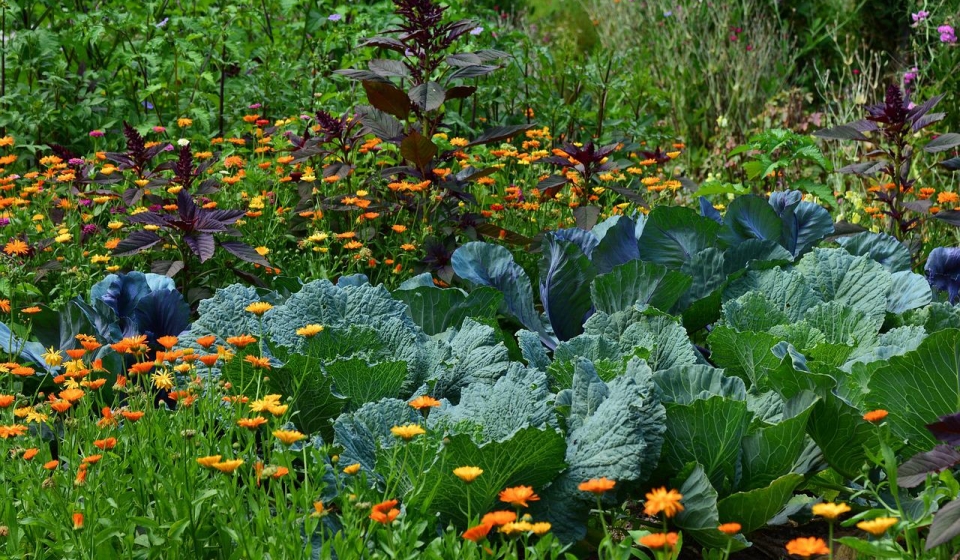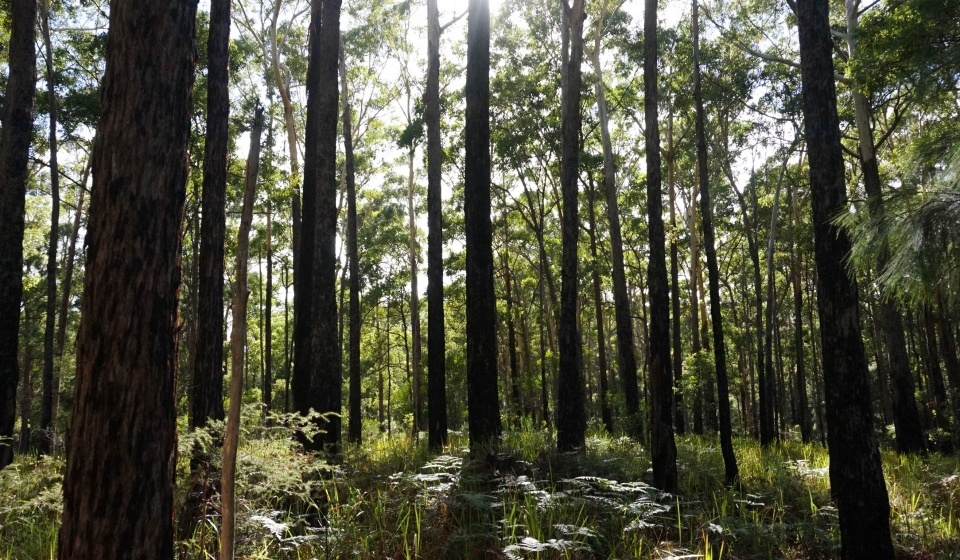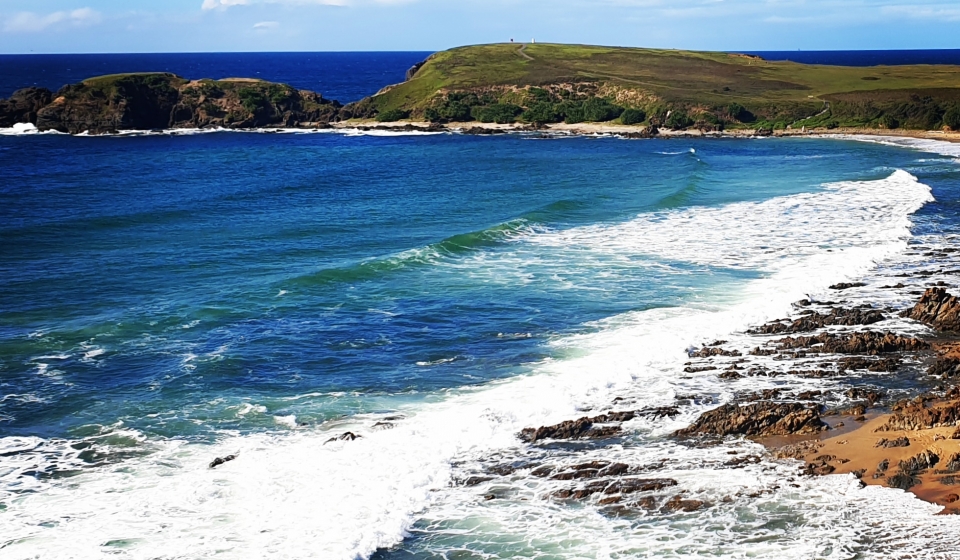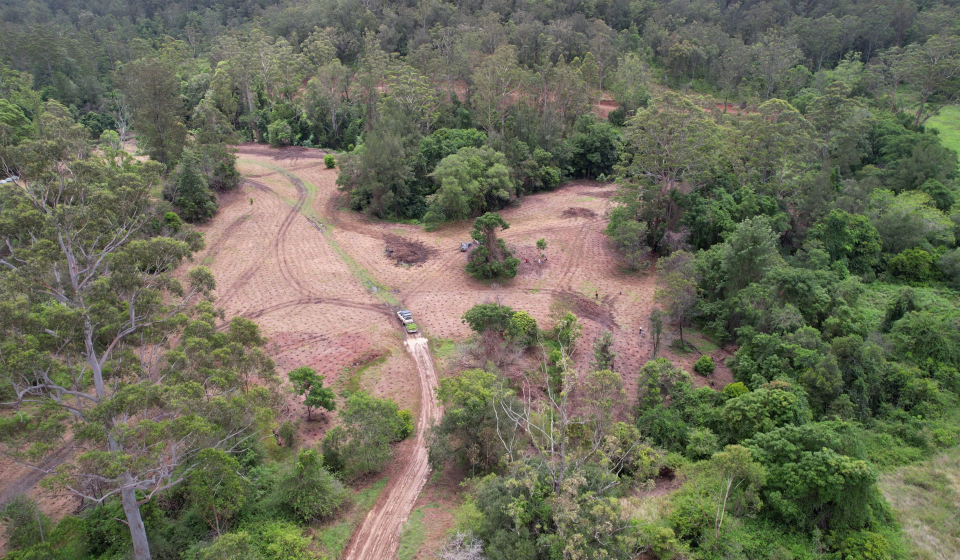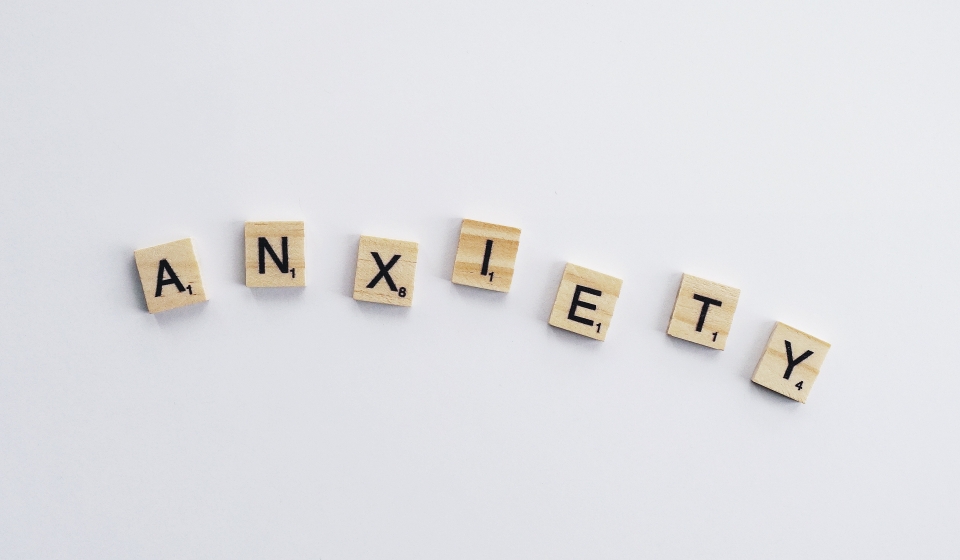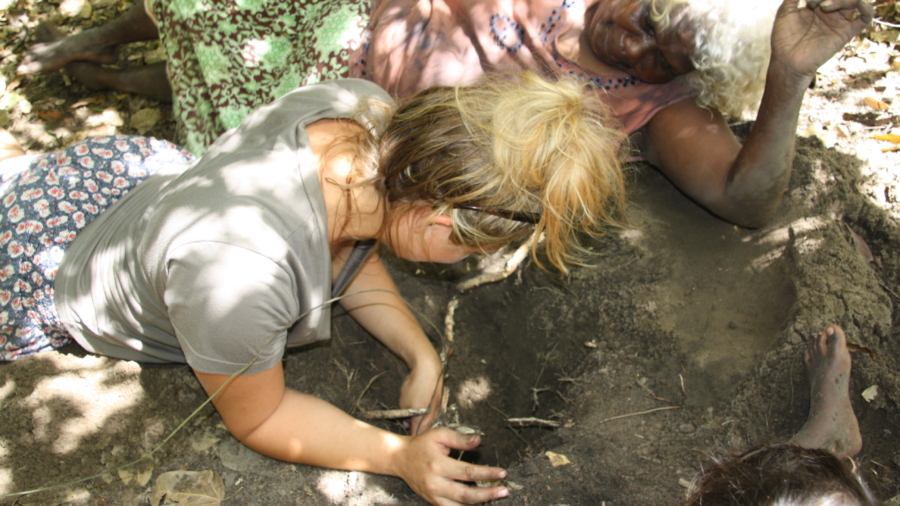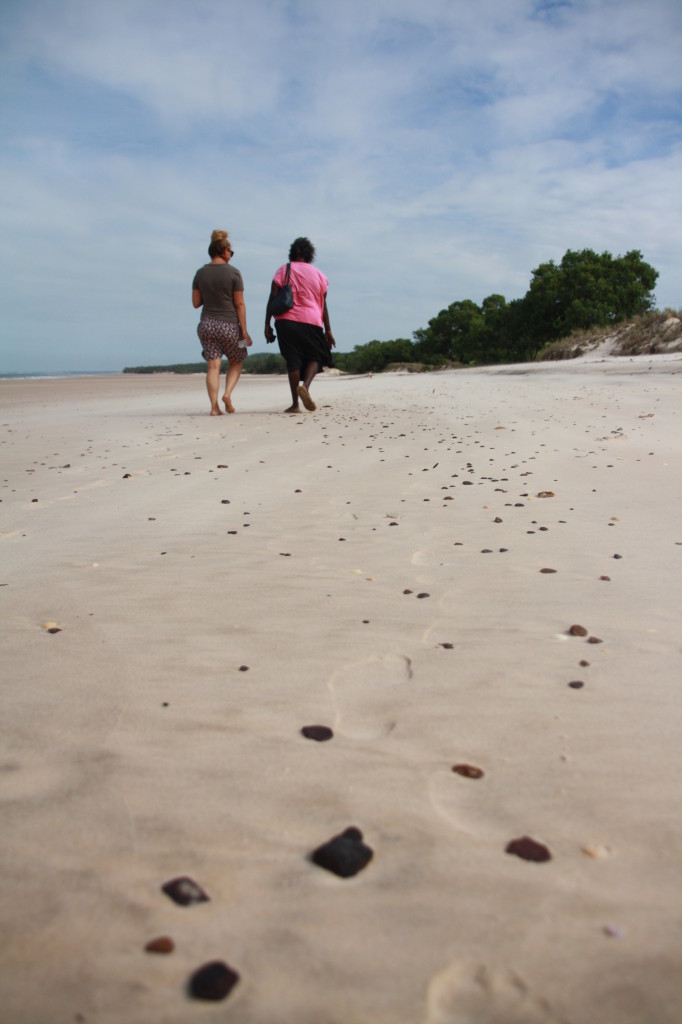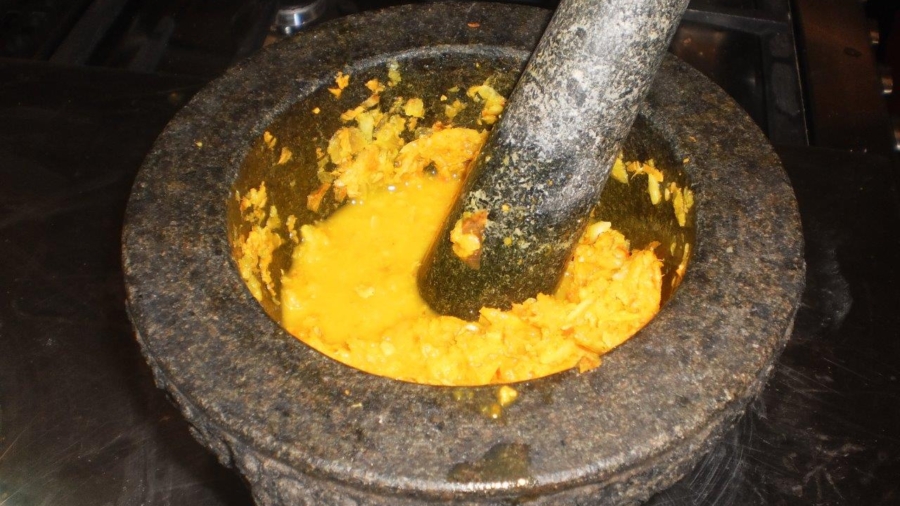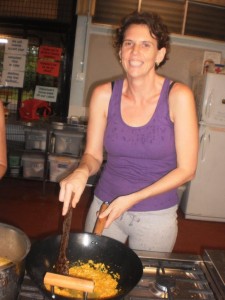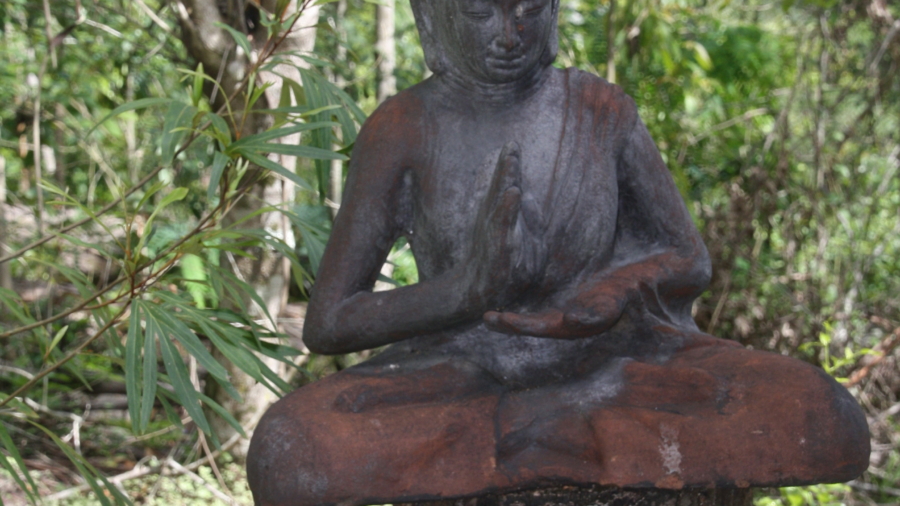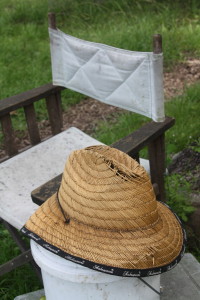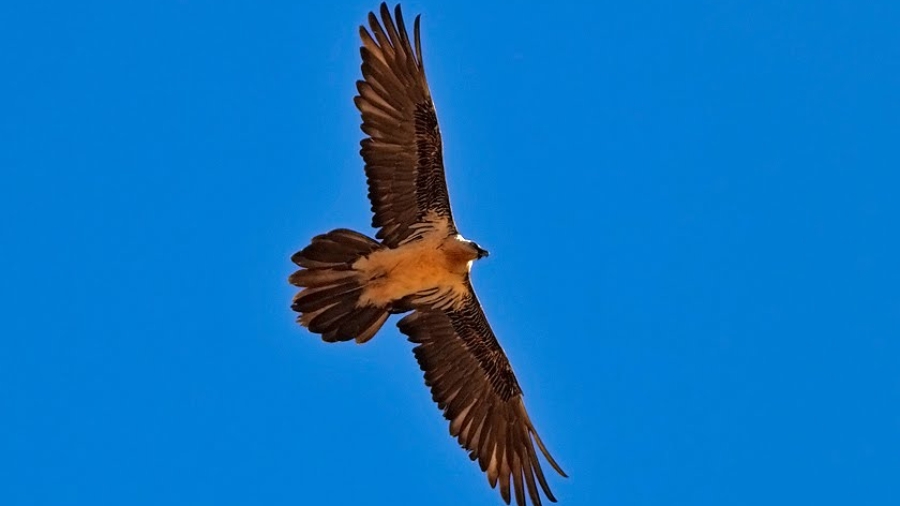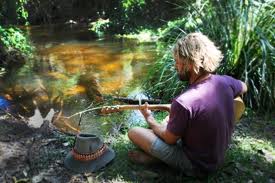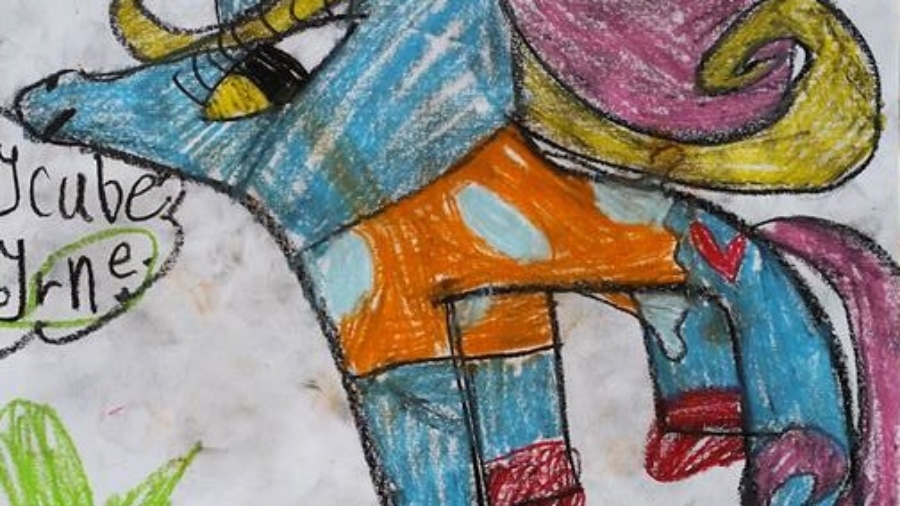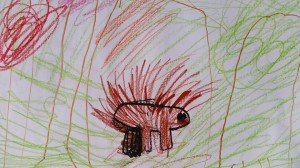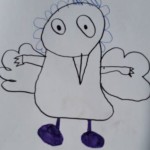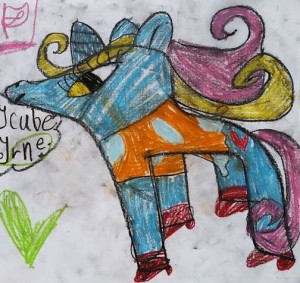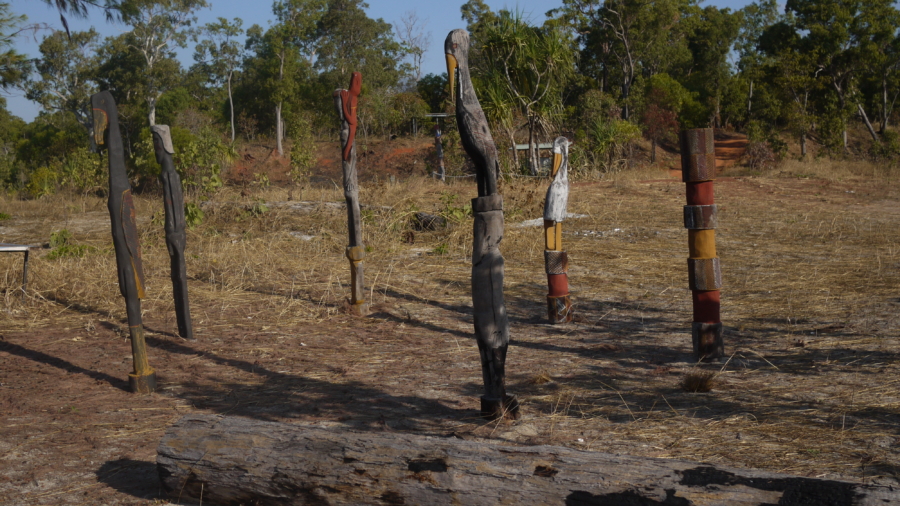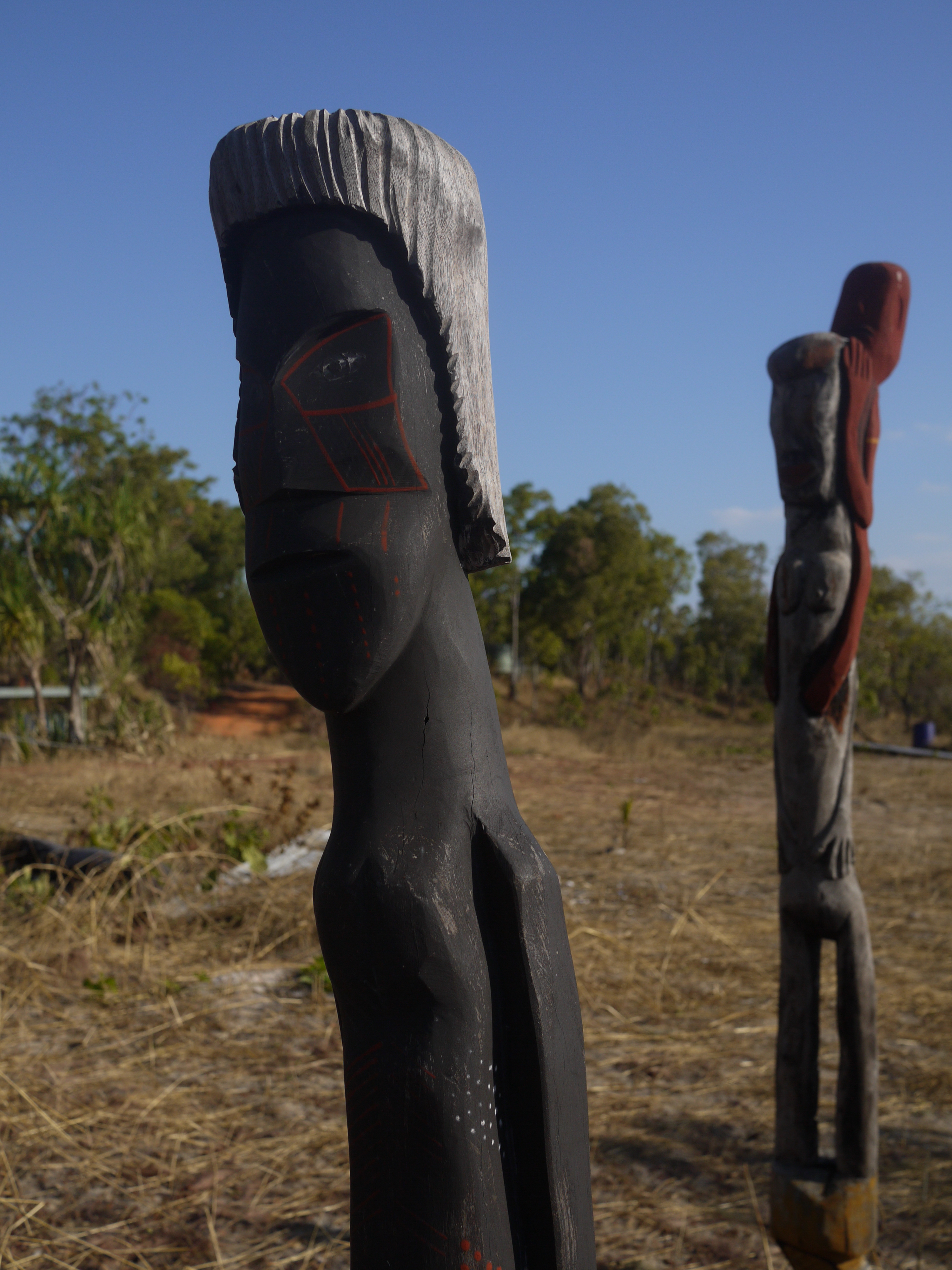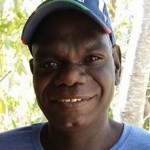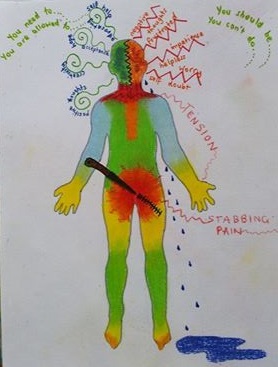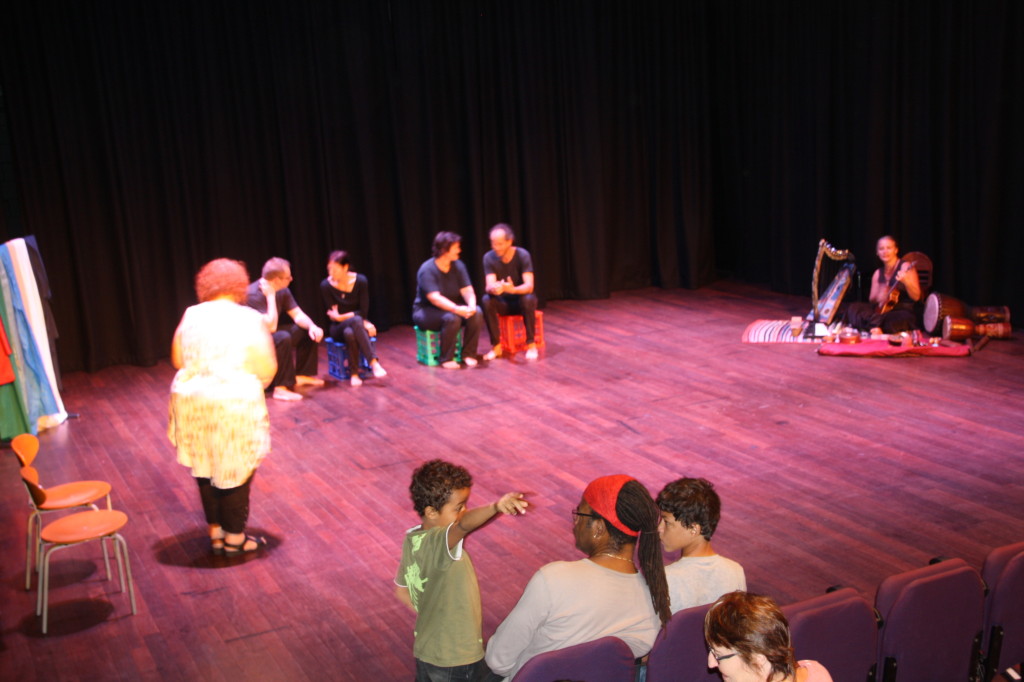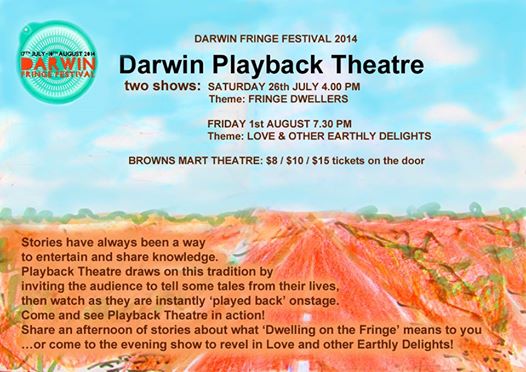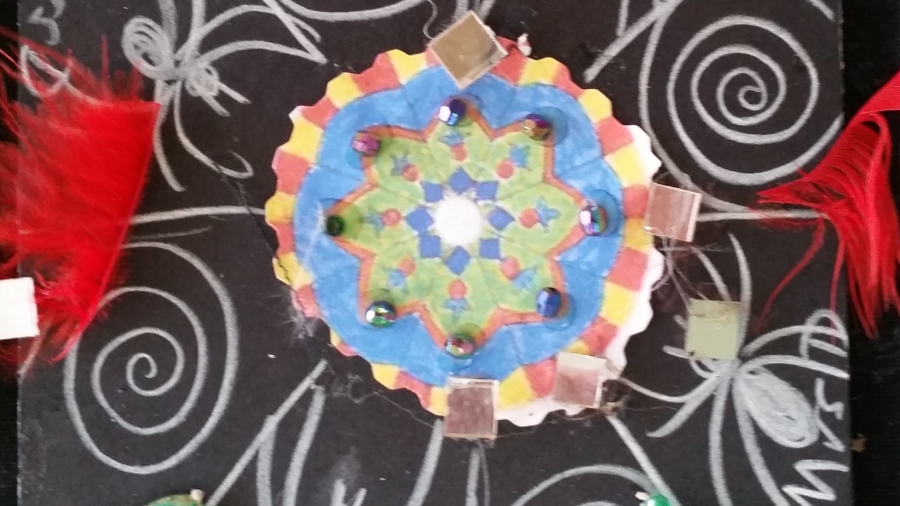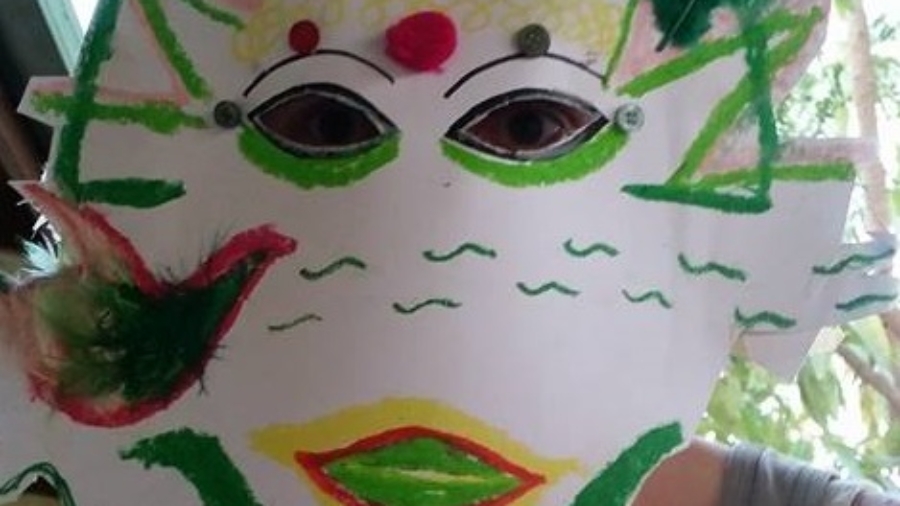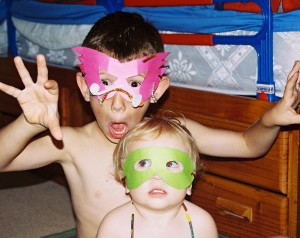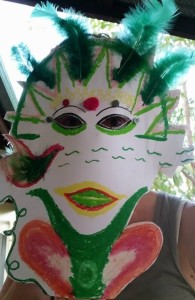The last organisation I worked for adopted the practice of “cultural fitness” rather than cultural awareness. It’s a great metaphor. Just like going to the gym every day to keep up your fitness, I believe as social workers we also have to keep educating ourselves, challenging our White privilege and emersing ourselves in the other’s world view, to stay fit. It is not something you do once, like cultural awareness training!
I am a huge advocate for supporting new graduates to make cultural fitness a life long goal in their social work practice. Sometimes, the best way to start is dive in the deep end, emerse yourself in the culture and let the Elders teach you. Whenever I have the opportunity, I offer to supervise 4th year social work students so that they can safely navigate the terrain to walk, teach and learn in ‘two worlds’. My hope is that they will come to love working in the NT, despite its complexities and challenges. I believe the high rate of staff turnover here is damaging to both the social work profession and our Indigenous brothers and sisters who are trying to get their lives on track and deal with complex trauma. We have to find ways of working that are respectful of Aboriginal culture, traditions and healing practices which may mean rethinking some of what you were taught at university!
It gives me great pleasure to share with you a story written by the last student I supervised, giving some insight (and a few laughs too!) into what it is like to dive in and start this journey. I hope that it inspires other social work graduates to consider specialising in this area of practice.
My journey in becoming a Social Worker in the Northern Territory by Lissy Suthers
Firstly I would like to begin by acknowledging and thanking the women and children of the Tiwi Island communities for all their gifts and wisdom they have bestowed upon me. I would like to acknowledge the Aboriginal Traditional Owners of the lands throughout the Northern Territory on whose country I have the privilege to live and work. I pay my respects to their elders, both past and present.
*******
Nervous, unsure and a little naïve, and scared would best summarise my state of mind when it had been confirmed I would be participating in my final practicum for Social Work on the Tiwi Islands, Northern Territory. I knew that I wanted to challenge myself in many aspects of the broad and complex work that we do as Social Workers. A challenge is definitely what I got.
Stepping out of your comfort zone and being the minority within a community is a strange and somewhat scary experience. Working in a community and an environment that is hot and unfamiliar is also a strange and uncomfortable experience. There were many challenges to be faced with choosing to do a final practicum on the Tiwi Islands 1000’s kilometres from home.
My first few weeks were challenging, not only are you balancing your practicum duties and attempting to develop connections and a social life, you also have to overcome some mental hurdles, ‘Did I make the right choice?’ ‘Am I mentally, intellectually and physically capable of this?’ ‘I miss my home.’ But with time, confidence grows and you begin to discover things about yourself you may have thought you were not capable of. Things like; building lasting relationships with the women and elders of the Tiwi Island communities, organising two entire (permission, travel to and from, therapeutic activities for camp) bush camps that last for 3 days – no electricity and no water, facilitating therapeutic activities whilst on camp and helping in the development of a resource designed and produced by my student supervisor and mentor Lucy.
There were also minor challenges and setbacks like; the food not arriving on time for camp; not being able to shower for 3 to 4 days; someone taking your thongs on camp and not returning them, therefore you must fly home to Darwin barefoot; backing a Troopy onto a small barge and then having to drive off the barge without snagging and bogging yourself in the sand; running around communities chasing families who are attending camp; nearly witnessing a group of children being eaten by a 5 metre crocodile. You know… those minor kinds of challenges where if you don’t laugh, you cry, and you tell yourself that ‘it builds character’ to cope and reframe your situation.
Despite the challenges, the rewards and learning I took away from this experience are far greater than the stress and tears. Through the patience, wisdoms and support from my student supervisor and mentor Lucy, and the support of Mark and the team at UQ, I was able to overcome my insecurities and be open to my experience. Through reflection of practice and a safe space to make mistakes, I was able to develop my skills in; co-ordinating and facilitating large groups; become effective in working with cultural difference; continued to build upon knowledge of aboriginal cultural, language and traditions; I was able to reflect on how my ethics and values influence my practice; I became more effective in how I engage with our Aboriginal people; and had the opportunity to develop more experience and understanding in working with families who are at risk.
I realise everyone’s experience will be different, but I found for me, to take that leap and plunge straight into the deep end of unknown, is something I will never regret. I would not be in my current employment if it weren’t for my choice to go remote for practicum. I am now a qualified Social Worker in a children’s counselling role for Relationships Australia.
If I had one piece of advice to give someone thinking of taking on such a change and/or challenge, it would be “Be brave, be focussed, be open, be comfortable with being uncomfortable and find humour when you can.”
I look forward to my future and know that from my experiences I will continue to learn, reflect and develop my skills. My journey still continues and may it never end, as I navigate my way through the many paths of Social Work.
Lissy Suthers is a Children’s Counsellor with Relationships Australia NT.

